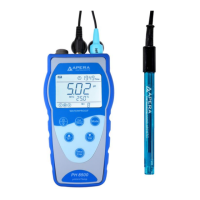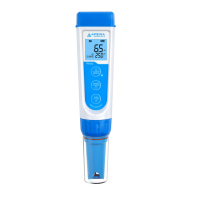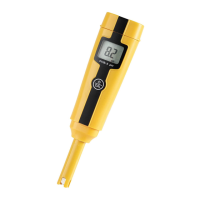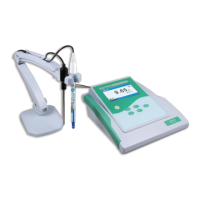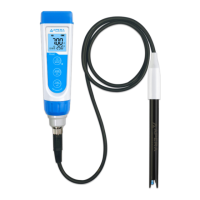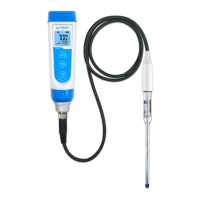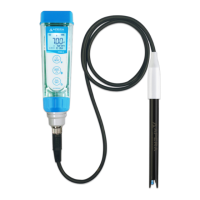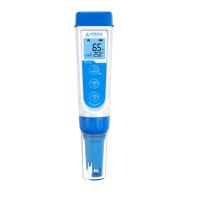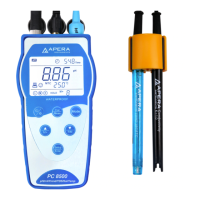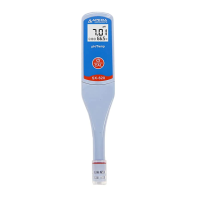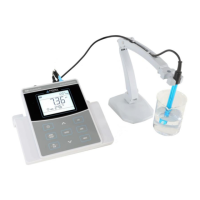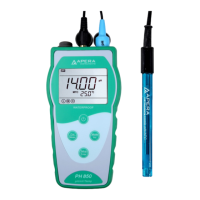
Do you have a question about the Apera Instruments PH850 and is the answer not in the manual?
| pH Resolution | 0.01 pH |
|---|---|
| pH Accuracy | ±0.01 pH |
| mV Resolution | 0.1 mV |
| Calibration Points | Up to 5 points |
| Data Storage | 500 sets |
| IP Rating | IP67 |
| mV Accuracy | ±0.2 mV |
| Temperature Resolution | 0.1 °C |
| Temperature Accuracy | ±0.5 °C |
| Temperature Compensation | Automatic |
| Display | LCD |
| Power Supply | 4 x AA batteries |
| Operating Temperature | 0 to 50 °C |
| Temperature Range | -5.0 to 105.0 °C (23.0 to 221.0 °F) |
| Operating Humidity | 0 to 95% RH (non-condensing) |
Lists the measurement capabilities of the PH850 pH meter, including pH/mV and Temperature.
Highlights key features like automatic calibration, temperature compensation, and IP57 rating.
Details specific pH measurement capabilities like auto-calibration and buffer recognition.
Provides detailed technical specifications for pH, mV, and Temperature ranges and accuracies.
Lists additional specifications such as power source, IP rating, and physical dimensions.
Describes the various segments and indicators on the meter's liquid crystal display (LCD) screen.
Explains the operation of each key on the meter and their respective functions.
Details the BNC and RCA sockets for connecting pH/ORP electrodes and temperature probes.
Explains the stability icon and the three criteria for reading stability.
Describes the function that automatically locks the measured value when stable.
Details the automatic power-off feature and its configurable time setting.
Provides instructions on how to manually compensate for temperature during measurements.
Information about the 201T-F combination pH electrode and its proper handling.
Covers buffer solutions, calibration points (1-3), and recommended calibration frequency.
Provides a step-by-step guide for performing a 3-point pH calibration on the meter.
Explains the procedure for performing a sample test to verify meter readings.
Lists error codes (Er1-Er4) and their meanings during calibration and measurement.
Explains how sample solution temperature affects pH measurement accuracy.
Details how to restore meter settings to factory defaults and its implications.
Covers the daily care, cleaning, and storage of the pH electrode.
Emphasizes the importance of using reliable and fresh pH buffer solutions for accurate calibration.
Advises on protecting the pH electrode's sensitive glass bulb from damage and contamination.
Describes methods for rejuvenating an aged pH electrode glass bulb.
Lists specific cleaning solutions for different types of contamination on the electrode.
Guides the user on performing Oxidation-Reduction Potential (ORP) measurements.
Provides notes on ORP calibration, testing, and electrode cleaning/activation procedures.
Introduces the main parameter setting menus for pH (P1.0) and basic settings (P3.0).
Explains how to navigate through the submenus for parameter adjustments.
Details settings for pH standard solution, resolution, and reading stability criteria.
Details settings for temperature units and automatic power-off configuration.
